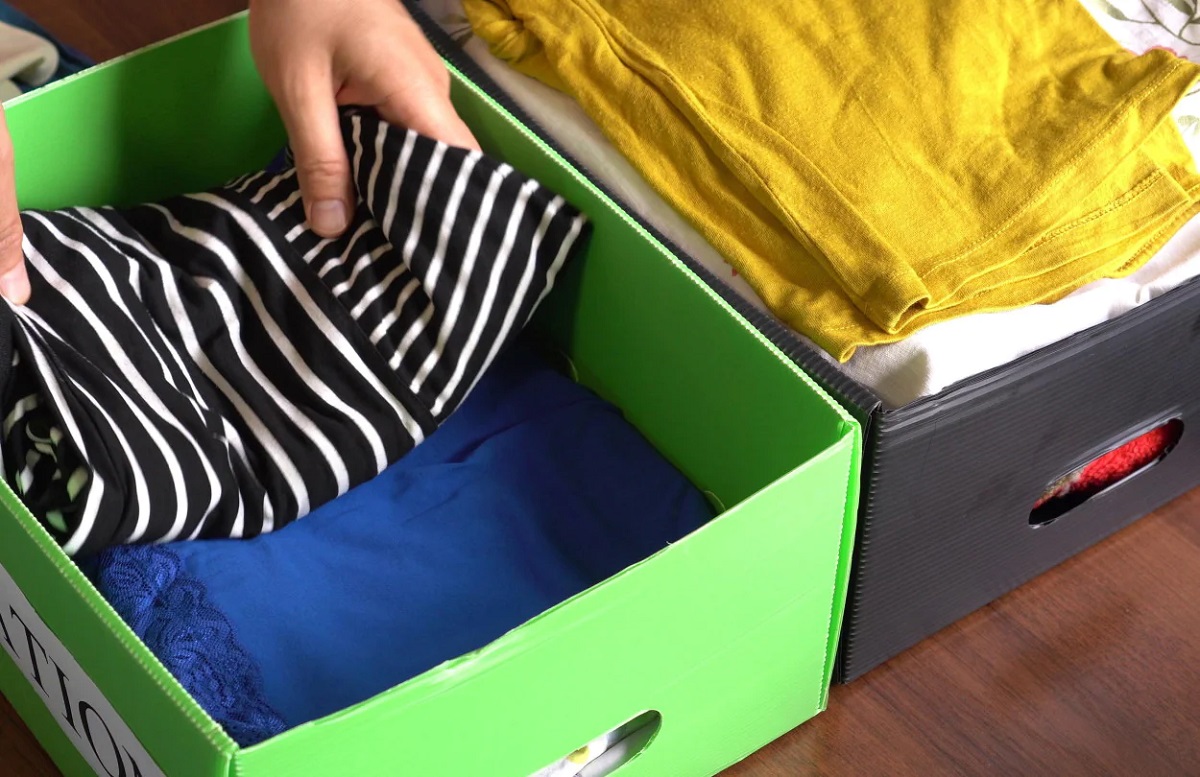

Articles
How To Store Clothes To Prevent Mold
Modified: January 19, 2024
Discover effective strategies for preventing mold growth on your clothes with these articles on how to properly store and protect your garments.
(Many of the links in this article redirect to a specific reviewed product. Your purchase of these products through affiliate links helps to generate commission for Storables.com, at no extra cost. Learn more)
Introduction
Welcome to our comprehensive guide on how to store clothes to prevent mold. If you have ever encountered that musty smell or noticed patches of mold on your beloved garments, you know how frustrating and disheartening it can be. But fear not, as we are here to provide you with valuable insights and practical tips to protect your clothes from mold damage.
Mold is a type of fungus that thrives in damp and humid environments. It can cause serious damage to fabrics, leading to staining, discoloration, and even deterioration. Not only can mold ruin the appearance and texture of your clothes, but it can also pose health risks by triggering allergies and respiratory issues.
Proper clothing storage plays a crucial role in preventing mold growth. By implementing the right techniques and utilizing suitable storage solutions, you can keep your clothes fresh, clean, and mold-free.
In this guide, we will take you through each step of the clothing storage process, from choosing the right storage location to maintaining your clothes in pristine condition. We will also discuss important aspects such as cleaning clothes before storage, sorting and organizing, using appropriate storage containers, and techniques for folding and hanging clothes to minimize the risk of mold growth.
Additionally, we will explore the importance of utilizing moisture absorbers or desiccants to control humidity levels, as well as regular inspections and cleaning to ensure a healthy and mold-free storage environment.
By following the tips provided in this guide, you can safeguard your clothing investment and prolong the lifespan of your garments. So without further ado, let’s dive into the world of proper clothing storage and learn how to protect our clothes from the damaging effects of mold.
Key Takeaways:
- Prevent mold on your clothes by choosing the right storage location, cleaning garments before storage, and utilizing appropriate storage containers. These proactive measures safeguard your wardrobe investment and ensure long-lasting wearability.
- Implementing proper clothing storage techniques, such as sorting and organizing clothes, using correct folding and hanging methods, and incorporating moisture absorbers, helps maintain a healthy and mold-free storage environment. Regular inspection and cleaning of clothes are essential for preserving their quality and longevity.
Read more: How To Store Shoes To Prevent Mold
Understanding Mold and Its Impact on Clothes
Before we delve into the techniques for storing clothes to prevent mold, it’s essential to understand the nature of mold and its impact on fabrics. Mold is a type of fungus that thrives in damp, dark, and poorly ventilated environments.
When it comes to clothes, mold can cause a range of issues, from minor cosmetic damage to severe deterioration. Here are some of the ways in which mold can impact your garments:
- Staining and Discoloration: Mold can leave unsightly stains on fabrics, resulting in discoloration that may be challenging to remove. These stains not only affect the appearance of your clothes but can also compromise their resale value.
- Odor: Mold growth often leads to a musty smell that can permeate your garments. This unpleasant odor is not only bothersome but can also be difficult to eliminate, even after the mold is removed.
- Deterioration: Over time, mold can cause fabrics to weaken and deteriorate. This can result in holes, tears, and an overall decrease in the durability of your clothes.
- Allergies and Health Risks: Mold spores can trigger allergies, respiratory issues, and other health problems, especially for individuals with pre-existing conditions or compromised immune systems. It’s crucial to prevent mold growth on clothes to maintain a healthy environment.
By understanding the potential impact of mold on your clothes, you can grasp the importance of implementing proper storage practices to protect your garments and preserve their quality.
Importance of Proper Clothing Storage
Proper clothing storage isn’t just about keeping your closet neat and organized; it plays a vital role in preserving the condition and longevity of your garments. Here are some key reasons why investing time and effort into proper clothing storage is essential:
- Preventing Mold and Mildew: Mold and mildew thrive in damp and humid environments. By storing your clothes correctly, you can minimize the risk of mold growth and protect your garments from costly damage.
- Preserving Fabric Quality: Improper storage can lead to fabric deformation, stretching, and wrinkling. By using the right techniques, you can maintain the original shape, structure, and texture of your clothes.
- Extending Garment Lifespan: Properly stored clothes are less likely to experience wear and tear, resulting in a longer lifespan for your favorite pieces. This not only saves you money in the long run but also reduces your environmental impact.
- Easy Retrieval and Organization: When your clothes are stored correctly, it becomes easier to find what you need, saving you time and frustration. Additionally, a well-organized wardrobe helps you keep track of your clothing inventory and prevents unnecessary purchases.
- Enhancing Visual Appeal: Properly stored clothes remain wrinkle-free, neat, and fresh-looking, making them more presentable and ready to wear. This can boost your confidence and ensure that you always look put-together.
Whether you have an extensive clothing collection or just a few essential pieces, proper clothing storage is a crucial aspect of maintaining their quality, functionality, and appearance. By taking the time to implement effective storage techniques, you can enjoy your clothes for years to come and avoid the disappointment of discovering mold or damaged garments.
Choosing the Right Storage Location
When it comes to storing your clothes, selecting the right location is paramount. The goal is to find an area that provides optimal conditions to prevent mold growth and maintain the quality of your garments. Here are some factors to consider when choosing a storage location:
- Avoid Damp and Humid Areas: Moisture is the primary enemy when it comes to mold growth. Avoid storing your clothes in areas prone to dampness, such as basements, attics, or anywhere with a history of moisture issues. Instead, opt for dry, well-ventilated spaces.
- Ensure Proper Air Circulation: Good air circulation helps prevent moisture buildup, so choose a storage location with adequate ventilation. Avoid stuffing clothes in tightly packed spaces or sealing them in airtight containers, as this can trap moisture and promote mold growth.
- Protect from Direct Sunlight: Prolonged exposure to direct sunlight can cause fading and deterioration of fabrics. Choose a storage area that is away from windows or use curtains or blinds to block out sunlight.
- Temperature Control: Extreme temperature fluctuations can also damage clothes. Aim for a storage location with a stable temperature, preferably between 60-75°F (15-24°C). Avoid areas that are prone to high heat or cold, such as near radiators, heaters, or air conditioning units.
- Consider Pest Control: Insects and pests can wreak havoc on your clothes. Select a storage location that is protected from pests, or take preventive measures such as using cedar blocks, lavender sachets, or pest repellents.
By carefully choosing an appropriate storage location, you can create an environment that minimizes the risk of mold growth and maintains the integrity of your clothes. Remember, prevention is key when it comes to preserving your garments and preventing costly damage.
Cleaning Clothes Before Storage
Before you store your clothes, it’s essential to ensure they are clean and free from any dirt, stains, or odors. Here’s why cleaning your clothes before storage is crucial:
- Prevent Mold and Mildew: Any traces of dirt or moisture on your clothes can contribute to mold growth. By thoroughly cleaning your garments before storage, you eliminate potential food sources for mold and minimize the risk of contamination.
- Remove Stains and Odors: Stains and odors left untreated can become more challenging to remove over time. By addressing them before storage, you increase the chances of successfully eliminating any discoloration or unwanted smells.
- Preserve Fabric Quality: Dirt, sweat, and body oils can weaken fabric fibers and lead to deterioration. Cleaning your clothes helps remove these substances, allowing the fabric to maintain its quality and durability over time.
- Avoid Pest Infestation: Even small traces of food or body oils on clothes can attract insects and pests. By thoroughly cleaning your garments, you reduce the likelihood of attracting unwanted visitors to your storage area.
Here are some tips for cleaning clothes before storage:
- Sort Clothes: Separate your clothes into different piles based on their care instructions, such as delicate items, machine-washable garments, and dry-clean-only pieces. This way, you can clean them accordingly without causing any damage.
- Follow Care Instructions: Read the care labels and follow the appropriate cleaning instructions for each garment. Use the recommended water temperature, detergent, and washing method to ensure effective and safe cleaning.
- Address Stains: Treat any stains before washing. Use stain removers or natural solutions to target specific stains, following the instructions provided. Blot the stains gently, avoiding rubbing, which can spread the stain or damage the fabric.
- Thoroughly Dry: After washing, make sure your clothes are completely dry before storage. Dampness can promote mold growth. Dry your clothes according to their care instructions, whether hanging them to air dry or using a dryer.
- Iron or Steam: Consider ironing or steaming your clothes before storage to remove wrinkles and creases. This will help prevent fabric deformation and make it easier to maintain the desired shape while in storage.
By cleaning your clothes properly before storage, you can minimize the risk of mold growth, keep your garments fresh and odor-free, and ensure their long-term durability.
Read more: How To Store Bags To Prevent Mold
Sorting and Organizing Clothes
Effective sorting and organizing of clothes not only helps maximize storage space but also simplifies the process of retrieving specific items when needed. Here are some tips on how to efficiently sort and organize your clothes:
- Sort by Season: Arrange your clothes according to seasons. Store off-season items in a separate location or towards the back of your closet or storage area. This way, you can easily access the clothes appropriate for each season.
- Group by Type: Categorize your clothes by type, such as tops, bottoms, dresses, sweaters, etc. This makes it easier to locate specific items and prevents the need to rummage through your entire collection.
- Consider Frequency of Use: Arrange your clothes based on how often you wear them. Place frequently worn items within easy reach, while less frequently worn ones can be stored higher up or in less accessible areas.
- Utilize Storage Bins or Dividers: Use storage bins, dividers, or boxes to keep smaller items, accessories, or folded clothes organized. This will help prevent clutter and ensure that items remain easily accessible.
- Label Boxes and Drawers: Labeling your storage containers or drawers makes it effortless to find specific items without unnecessary searching. Clearly indicate the contents inside each container for quick reference.
- Arrange Clothes Vertically: Instead of stacking clothes on top of each other, try arranging them vertically. This method, known as the “KonMari method,” allows you to see all your clothes at a glance and helps prevent wrinkles and creases.
- Invest in Closet Organizing Systems: Consider using closet organizing systems such as shelves, drawers, hanging organizers, and hooks. These systems can enhance storage capacity and provide a designated space for each item, making it easier to keep things neat and organized.
By implementing effective sorting and organizing techniques, you can create a well-structured storage system that optimizes accessibility and minimizes the risk of clothes becoming disheveled or damaged during storage. This ultimately saves you time and eliminates the frustration of searching for specific items.
Store clothes in a cool, dry place with good air circulation to prevent mold. Use breathable storage containers or garment bags, and avoid packing clothes too tightly together. Regularly inspect and clean the storage area to prevent mold growth.
Using Appropriate Storage Containers
Choosing the right storage containers for your clothes is essential to protect them from dust, moisture, pests, and other potential hazards. Here are some tips on using appropriate storage containers:
- Avoid Plastic Bags: While plastic bags may seem convenient, they can trap moisture and promote mold growth. Instead, opt for breathable storage containers that allow air circulation.
- Use Clear Containers: Clear containers allow you to easily see the contents, making it simpler to locate specific items without having to open multiple containers.
- Consider Vacuum-Sealed Bags: Vacuum-sealed bags can be a great option for reducing bulk and saving space. They compress your clothes and create an airtight seal, protecting them from dust and moisture.
- Choose Fabric-Friendly Containers: When using storage containers made of fabric or non-plastic materials, ensure they are clean and free from any potential contaminants. Avoid using containers with strong scents or materials that might transfer color or chemicals onto your clothes.
- Consider Hanging Garment Bags: Hanging garment bags are especially useful for storing formal wear, coats, or dresses. These bags provide protection, minimize wrinkles, and allow for easy access when needed.
- Use Acid-Free Tissue Paper: When storing delicate or valuable clothing items, consider layering them with acid-free tissue paper. This gentle barrier helps prevent creasing, fading, and discoloration.
Remember, it’s important to properly clean and thoroughly dry your clothes before placing them in storage containers. Make sure your clothes are completely free from moisture to prevent mold and mildew growth.
By utilizing appropriate storage containers, you can create a safe and organized environment for your clothes, ensuring they remain in optimal condition throughout the storage period.
Using Correct Folding and Hanging Techniques
The way you fold and hang your clothes can make a significant difference in maintaining their shape, preventing wrinkles, and optimizing storage space. Here are some tips on using correct folding and hanging techniques:
- Folding Techniques:
- T-shirts and Tops: Fold t-shirts and tops by folding them in half horizontally and then folding them in half vertically. This method minimizes wrinkles and makes it easy to stack them in drawers or storage containers.
- Pants and Jeans: Fold pants and jeans either in half vertically or fold them lengthwise with one leg on top of the other. Avoid folding them in a way that creates a visible crease in the center of the leg.
- Sweaters and Knitwear: Fold sweaters carefully to avoid stretching or misshaping them. Lay them flat and fold them using the “military-style” method, folding the sleeves in and then folding the sweater in half vertically.
- Dresses and Skirts: Hang dresses and skirts on padded hangers to maintain their shape. If folding is necessary, fold them by bringing the bottom hem up to the waistband and then folding in half lengthwise.
- Hanging Techniques:
- Use Appropriate Hangers: Choose hangers that best suit the type of clothing you are hanging. Non-slip hangers are ideal for delicate or slippery fabrics, while padded hangers are suitable for items prone to stretching or shoulder imprints.
- Hang Shirts and Blouses: Hang shirts and blouses by the shoulder seams to prevent shoulder bumps. Button the top button and smooth out any wrinkles or folds before hanging.
- Hang Pants and Skirts: Hang pants and skirts with clips or adjustable hangers to prevent creasing. Fold them in half vertically before hanging to minimize any wrinkles.
- Invest in Cascading Hangers: Cascading hangers are a fantastic way to maximize closet space. They allow multiple garments to hang vertically from a single hook, saving valuable room.
Remember to leave some space between hanging clothes to allow for air circulation and prevent overcrowding. This will help reduce wrinkles and make it easier to access individual items without disturbing the entire arrangement.
By utilizing correct folding and hanging techniques, you can keep your clothes well-organized, wrinkle-free, and ready to wear. These practices also help preserve the shape and integrity of your garments during storage.
Utilizing Moisture Absorbers or Desiccants
To further protect your clothes from mold and mildew, it is beneficial to utilize moisture absorbers or desiccants within your storage area. These products help control humidity levels, preventing moisture buildup and reducing the risk of mold growth. Here are some options to consider:
- Silica Gel Packs: Silica gel packs contain desiccant beads that actively absorb moisture from the surrounding environment. You can find them in various sizes and packages. Place these packs in storage containers or hang them in your closet to help maintain dry conditions.
- Activated Charcoal: Activated charcoal is another effective moisture absorber. It not only helps control humidity but also absorbs unpleasant odors. Place activated charcoal in breathable pouches or bowls and position them throughout your storage area.
- Baking Soda: Baking soda is a readily available and affordable option for absorbing moisture and removing odors. Sprinkle a thin layer of baking soda at the bottom of your storage containers or place open containers of it within your closet or storage space.
- Dehumidifiers: If you live in an extremely damp climate or have persistent humidity issues, consider investing in a dehumidifier. Dehumidifiers actively remove excess moisture from the air, creating an environment less conducive to mold growth.
- Air Circulation: Good air circulation is essential to prevent moisture buildup. Ensure that your storage area has proper ventilation and consider using fans or opening windows periodically to encourage fresh airflow.
It is important to regularly monitor and replace moisture absorbers or desiccants as needed. Follow the instructions provided by the manufacturer for optimal usage and lifespan of these products.
By utilizing moisture absorbers or desiccants in your clothing storage area, you can create a dry and inhospitable environment for mold and mildew. This added layer of protection helps safeguard your clothes and ensures they remain fresh and mold-free.
Read more: How To Store Bread To Prevent Mold
Checking and Maintaining the Storage Area
Regularly checking and maintaining your clothing storage area is crucial to ensure the continued protection of your clothes and prevent any potential issues. Here are some key steps to follow:
- Inspect for Signs of Mold: Periodically inspect your storage area for any signs of mold or mildew growth. Look out for musty smells, discoloration, or visible patches of mold on the walls, floors, or storage containers.
- Address Moisture Issues: If you notice excessive moisture or dampness in your storage area, address the issue promptly. This may involve fixing leaks, improving ventilation, using dehumidifiers, or relocating your clothes to a drier space.
- Clean and Dust: Regularly clean your storage area, including floors, shelves, and storage containers, to remove dust and potential contaminants. Use a damp cloth or a gentle cleaning solution to wipe down surfaces.
- Rotate Stored Items: Don’t let clothes sit untouched for too long in storage. Rotate and use your stored items periodically to ensure proper ventilation and prevent fabric deterioration or mold growth due to prolonged inactivity.
- Replace Storage Containers: Over time, storage containers may degrade or become less effective at keeping out moisture and pests. Replace damaged or worn-out containers to maintain a secure and protective storage environment.
- Reevaluate Storage Solutions: As your clothing collection changes or grows, reassess your storage solutions to ensure they still meet your needs. Adjust shelving, hangers, or storage containers as necessary to optimize organization and accessibility.
- Use Natural Repellents: Consider incorporating natural repellents, such as cedar blocks, lavender sachets, or lemon peel, to deter pests from your storage area. These natural options can help keep insects at bay without using harsh chemicals.
By regularly checking and maintaining your storage area, you can identify and address any potential issues before they escalate. This proactive approach ensures the continued protection and longevity of your clothes.
Regularly Inspecting and Cleaning Clothes
Regularly inspecting and cleaning your clothes is essential to maintain their quality, prevent mold growth, and ensure they remain in wearable condition. Here are some important steps to follow:
- Inspect for Damage: Regularly inspect your clothes for any signs of damage, such as loose threads, small tears, or missing buttons. Address these issues promptly to prevent further deterioration.
- Check for Stains or Spills: Look for any stains or spills on your clothes. Treat them as soon as possible using appropriate stain removal techniques or take the garment to a professional cleaner. Delaying stain removal can make it more difficult to completely remove the marks.
- Air Out and Sunbathe: On sunny days, take your stored clothes outside for some fresh air and sunlight. Sunlight has natural disinfectant properties and helps eliminate musty odors. Hang the clothes in a shaded area to prevent direct fading.
- Rotate and Refold: Periodically rotate and refold your stored clothes to minimize creases and prevent fabric strain. This also allows you to assess the condition of the garments and spot any potential issues.
- Follow Care Instructions: Always follow the care instructions provided on the garment’s label. Proper care, such as gentle laundering, dry cleaning, or specialized treatment, ensures that your clothes remain in the best possible condition.
- Consider Professional Cleaning: For delicate or valuable items, consider having them professionally cleaned. Professional cleaners have the expertise to handle delicate fabrics, remove tough stains, and properly care for your cherished garments.
- Repair and Mend: Mend any loose buttons, hems, or other minor damages to your clothes. Regular maintenance and repairs can help prolong the lifespan of your garments and prevent further deterioration.
- Store Clean and Dry: Before returning clothes to storage, make sure they are clean and completely dry. Any residual moisture can lead to mold growth and damage your clothes.
Regularly inspecting and cleaning your clothes not only keeps them in good condition but also helps you identify any issues that may require further attention. By doing so, you can enjoy your clothes for a longer period and reduce the risk of mold or other damage.
Conclusion
Properly storing your clothes to prevent mold is essential for maintaining their quality, longevity, and overall condition. Mold growth can not only cause unsightly stains and odors but can also lead to irreversible damage and health risks. By following the tips and techniques outlined in this guide, you can ensure that your clothes remain fresh, clean, and mold-free.
Understanding the nature of mold and how it can impact your garments is the first step in preventing its growth. By selecting the right storage location, avoiding damp areas, and ensuring proper air circulation, you create an environment that reduces the risk of mold and mildew formation.
Cleaning clothes before storage is crucial to remove any dirt, stains, or odors that can contribute to mold growth. Sorting and organizing your clothes by season and type, using appropriate storage containers, and employing correct folding and hanging techniques help optimize your storage space and maintain the integrity of your clothes.
Incorporating moisture absorbers or desiccants in your storage area is an effective way to control humidity levels and prevent mold growth. Regularly inspecting and maintaining your storage area, as well as consistently checking and cleaning your clothes, ensures that potential issues are identified and addressed in a timely manner.
By implementing these best practices, you can protect your clothes from mold, extend their lifespan, and keep them looking fresh and wearable. Remember, preventative measures are key in maintaining a healthy and mold-free storage environment for your beloved garments.
So, take the time to store your clothes properly, prioritize regular inspection and cleaning, and enjoy the peace of mind that comes with knowing your clothes are protected and well-maintained. Your wardrobe will thank you for the extra care and attention in the years to come.
Frequently Asked Questions about How To Store Clothes To Prevent Mold
Was this page helpful?
At Storables.com, we guarantee accurate and reliable information. Our content, validated by Expert Board Contributors, is crafted following stringent Editorial Policies. We're committed to providing you with well-researched, expert-backed insights for all your informational needs.

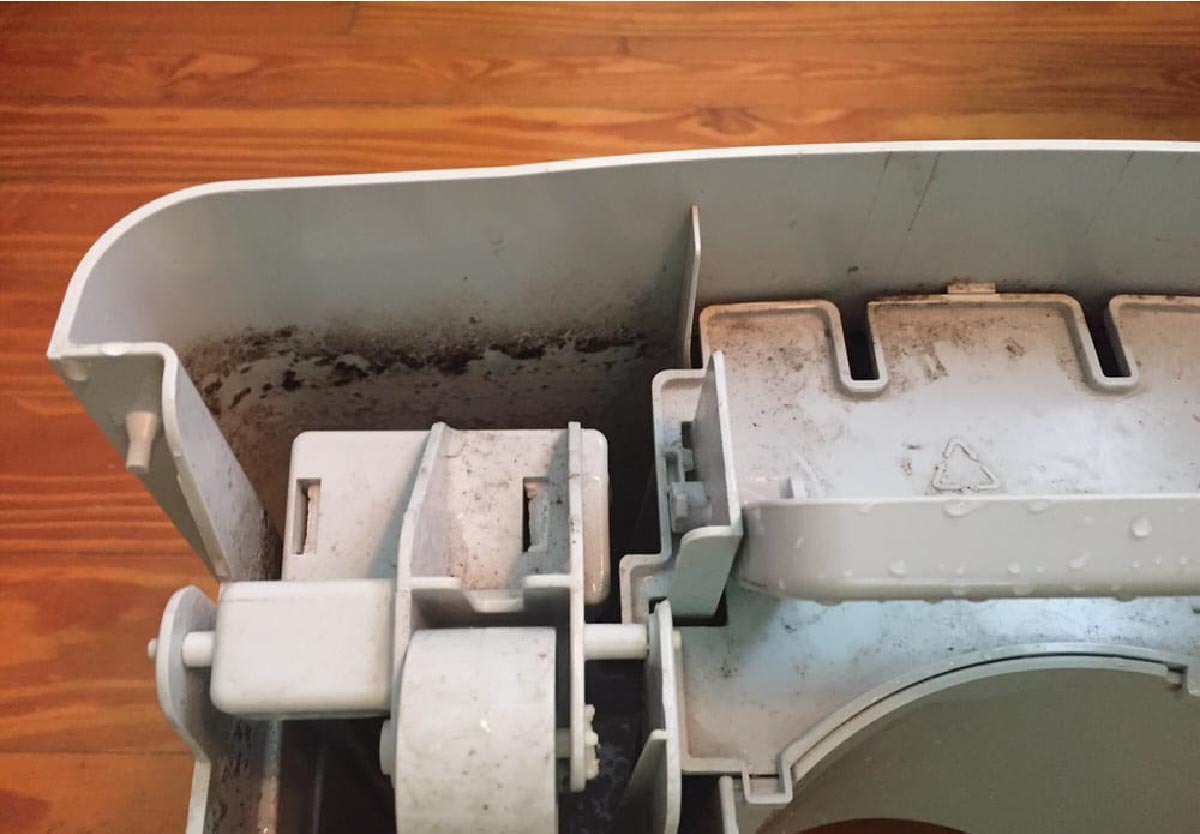


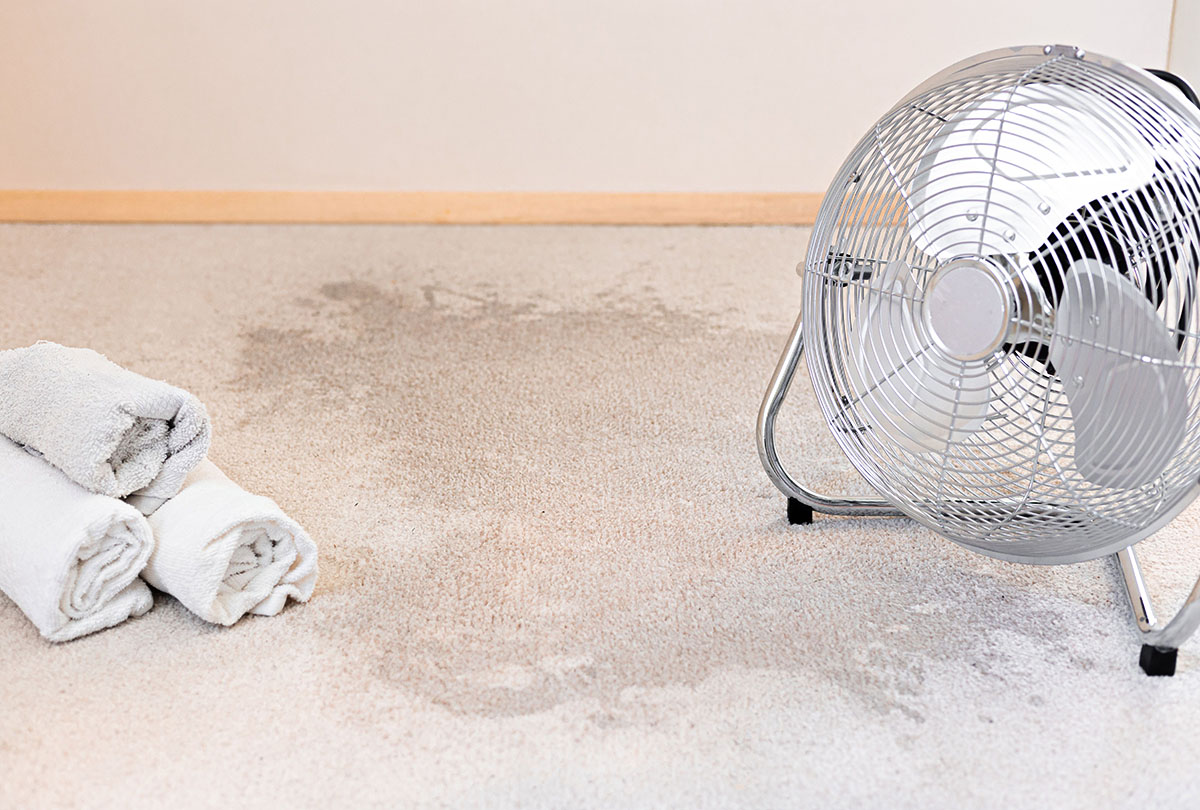
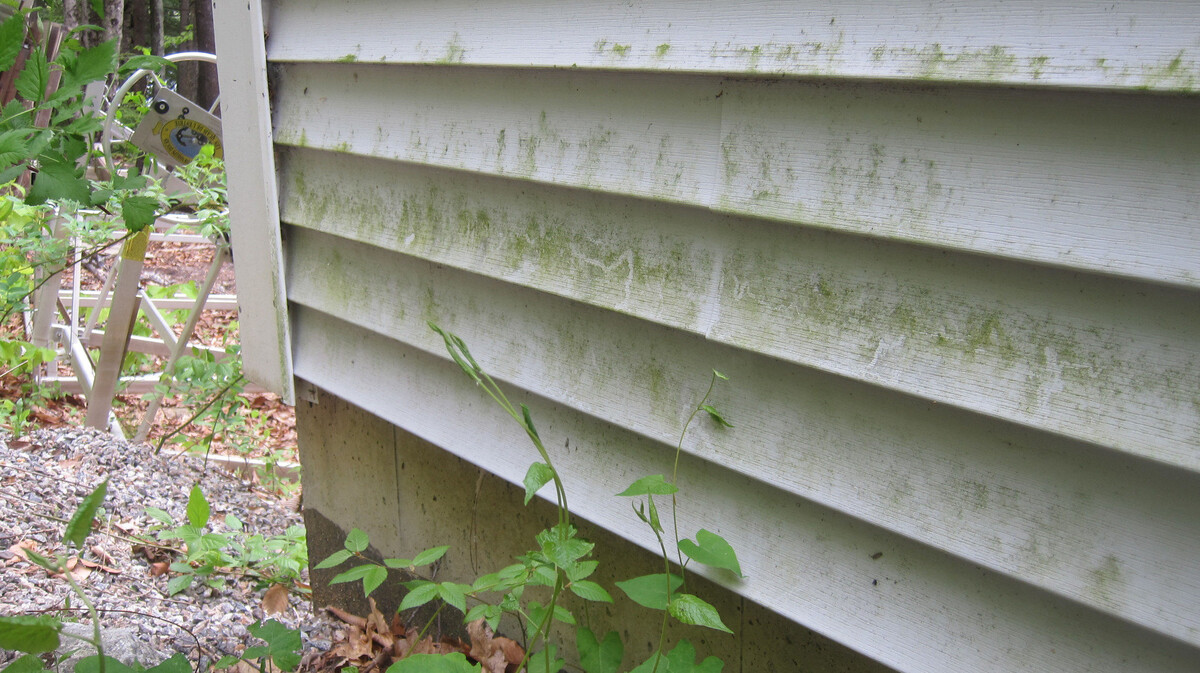
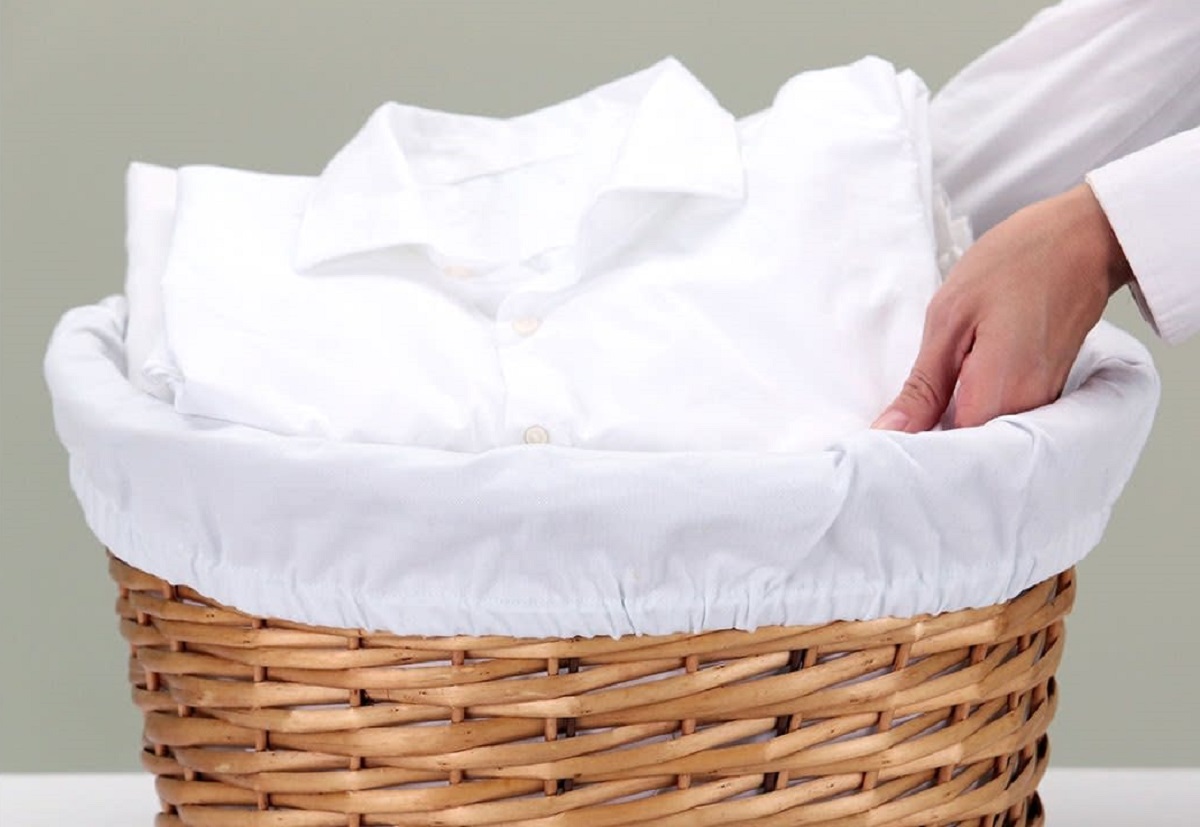
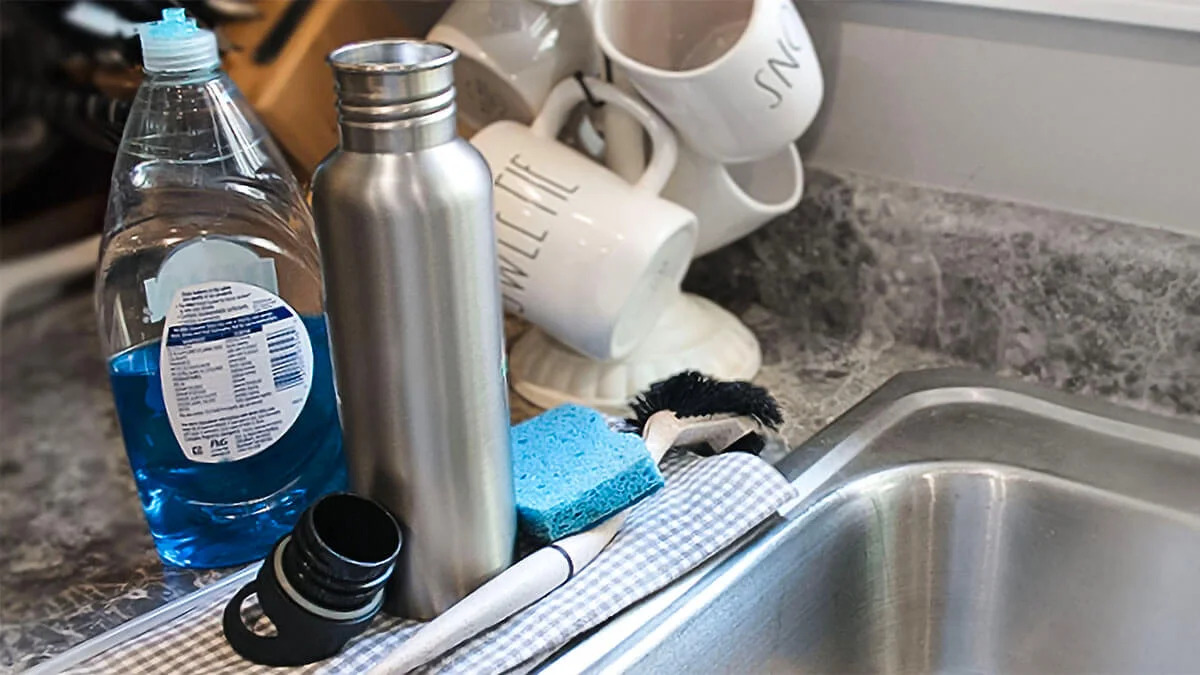
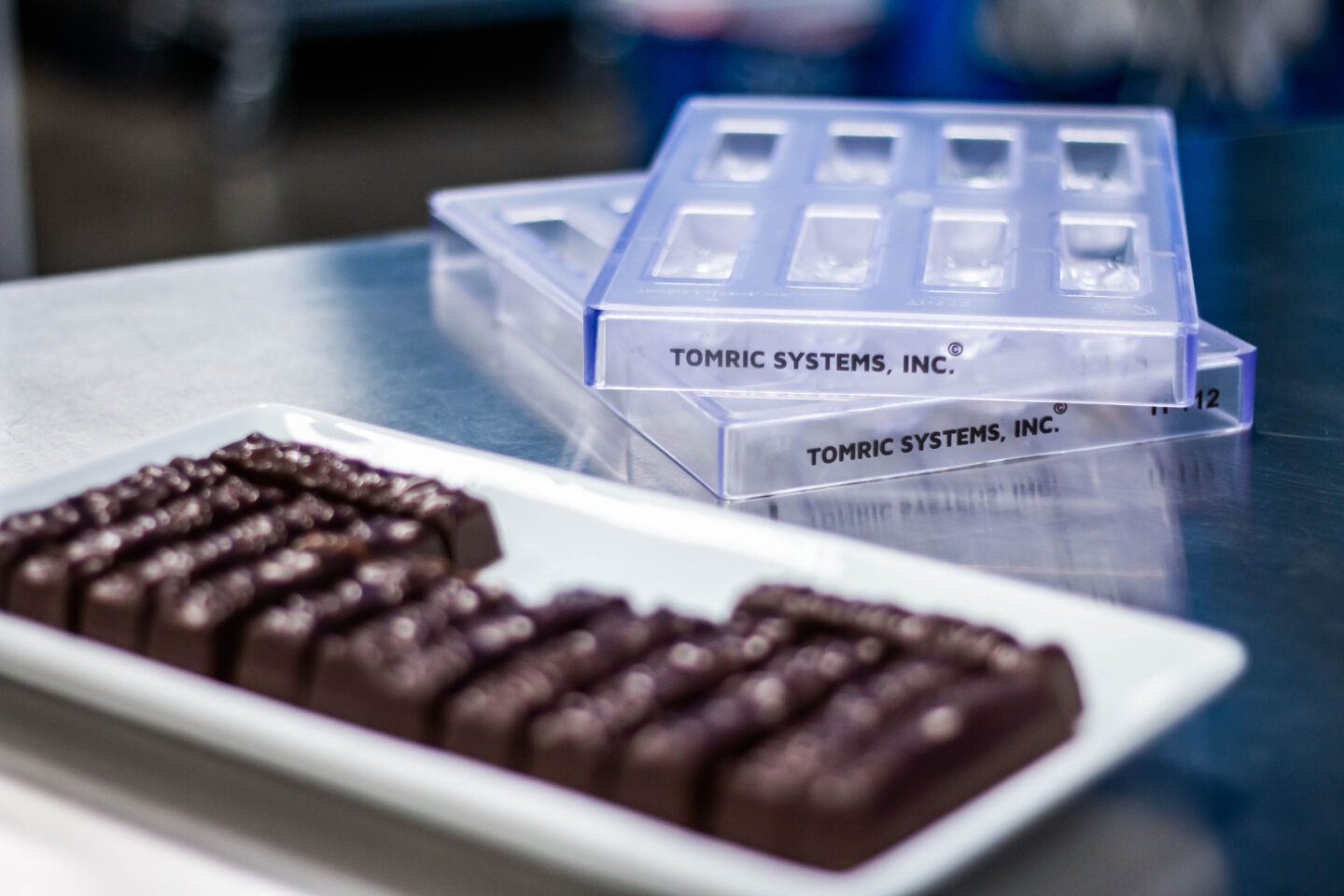
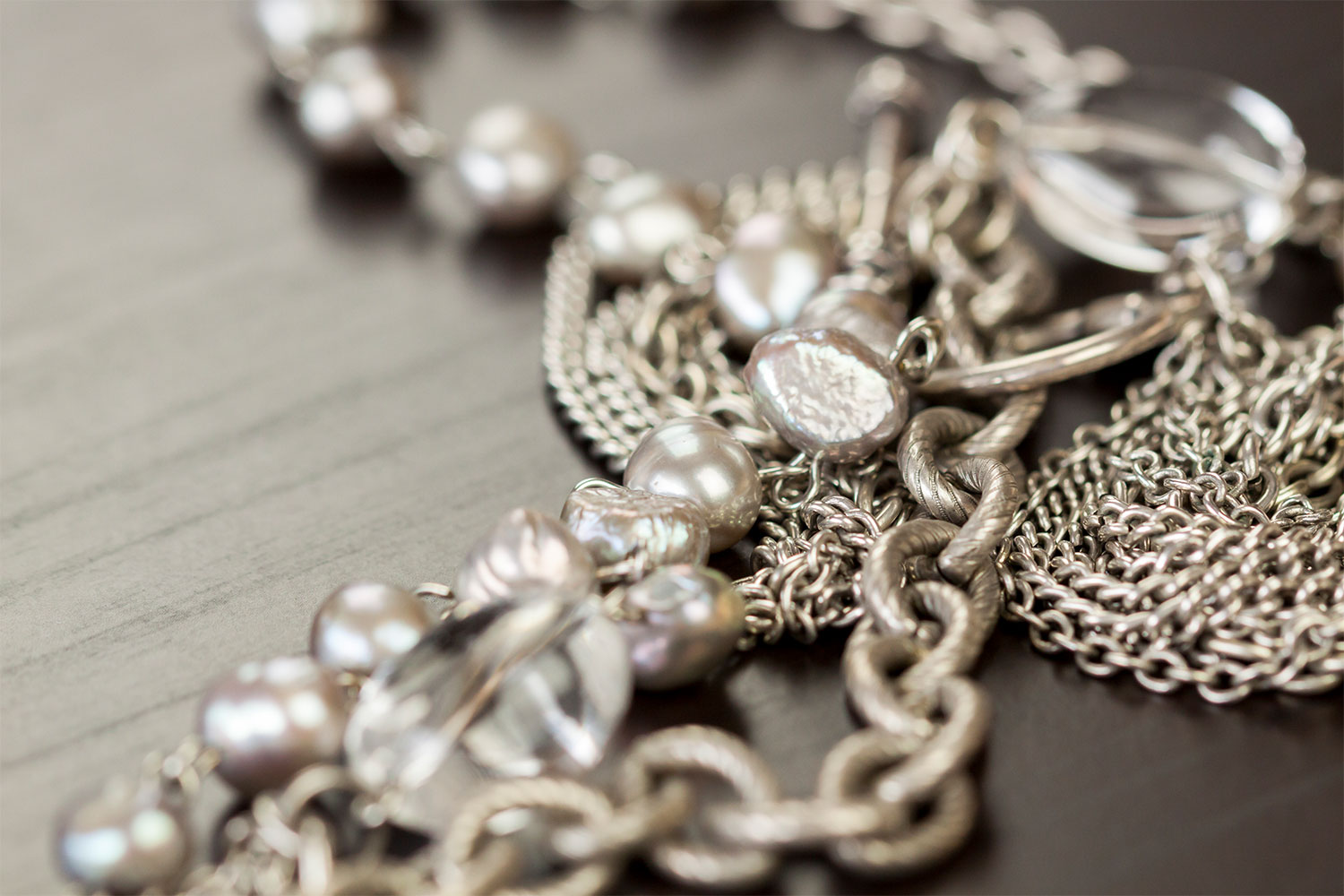



0 thoughts on “How To Store Clothes To Prevent Mold”